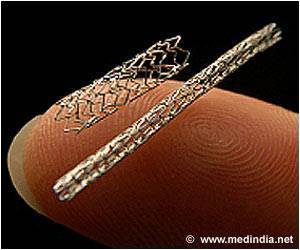The shape of the heart changes over time in both men and women, but the patterns of change are different claims a new magnetic resonance imaging (MRI) study.

Studies have shown both increases and decreases in left ventricular mass with age. Many of these studies have been cross-sectional, or focused on one point in time, and based on comparisons between the young and old, which doesn't account for different lifestyles and other historical factors. But for the new study, researchers were able to assess long-term changes in the same people by acquiring a baseline cardiac MRI and then comparing it with another taken at a later date.
Comparing the two genders, the researchers found something surprising: while both men and women had decreases in left ventricular volume, left ventricular mass increased in men and decreased slightly in women. The shape of the heart changes over time in both men and women, but the patterns of change are different, John Eng from Johns Hopkins University School of Medicine in Baltimore said, adding "Men's hearts tend to get heavier and the amount of blood they hold is less, while women's hearts don't get heavier."
The reasons for the differences between left ventricular mass in men and women will require more research, Eng said. However, the findings suggest that optimum treatment for heart failure might not be the same for women and men. The study is published online in the journal Radiology.
Source-ANI
 MEDINDIA
MEDINDIA




 Email
Email










